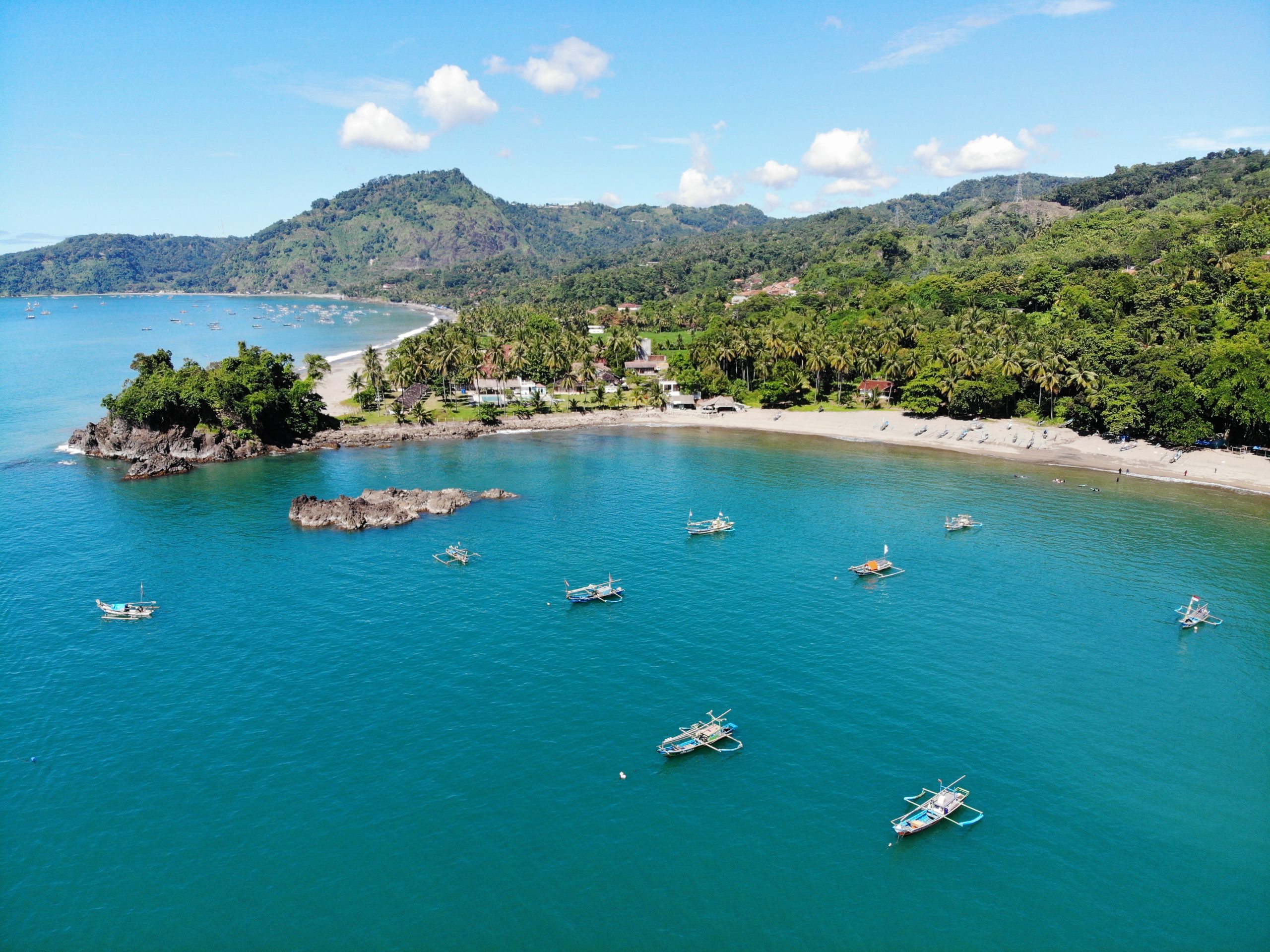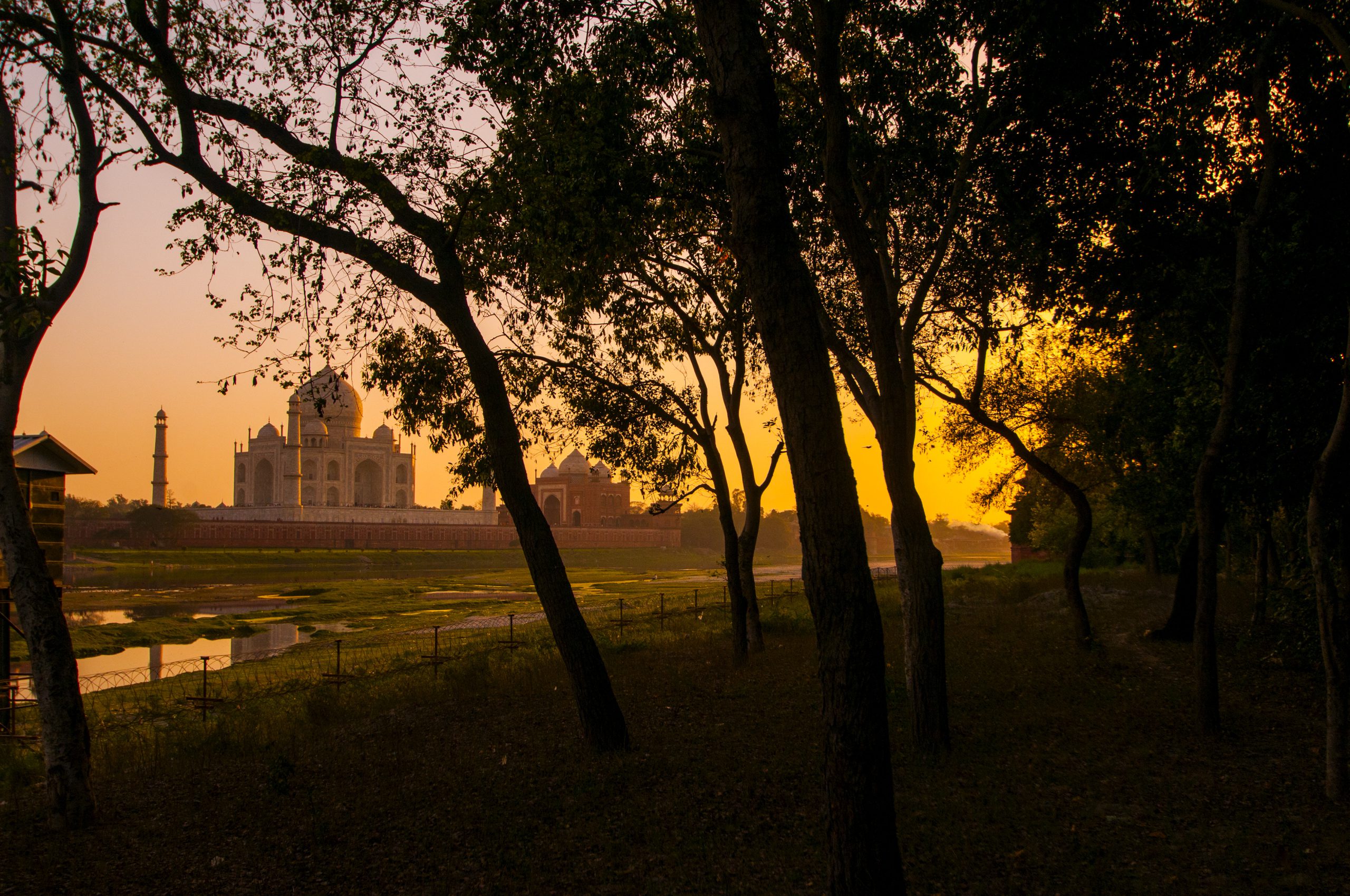
For nearly a quarter century, the Chicago Palestine Film Festival has showcased film gems by or about Palestinians. One of the largest global populations of Palestinians lives in Chicago, concentrating in southwest suburban Bridgeview, also known as “Little Palestine.” After a narrow vote, Chicago became the largest American city calling for a ceasefire in Gaza.
While violence peppers this century’s Middle East history, the current genocide in Gaza not only casts a dark cloud over all the viewings but also makes these films feel that more urgent. Palestinian films often explore four topics, capturing four phases of generational evolution: occupation, dispossession, diaspora, and discovery. We do not need these films to learn about politics. We need these films to do what films do: take us as close as eyes can see, to show us the travails of the human heart as it resists erasure.
The festival opens with Lina Soualem’s somber, hopeful “Bye Bye Tiberias,” capturing the story of her mother, Hiam Abbass (“Succession”). Cinephiles will recognize Abbass as Palestine’s greatest cinematic export, an actress with nearly 100 credits to her name. Her expressions carry the weight of the entire Palestinian experience with tenderness. Soualem, like many of her generation, longs not only to know her mother, but her motherland. As their family faced displacement from their old village, Palestine begins to shift from a plot of precious land to an idea that hopes not to fade away. Soualem recalls Samira Makhmalbaf and Sophia Coppola as daughters of cinema royalty, speaking their own languages.
The film expected to gain the most attention, however, will be Erin Axelman and Sam Eilertsen’s documentary “Israelism.” For forty minutes, we enter the world of American Jewish institutions, operating with great success in guiding their populations to a safe, strong Israel in a hostile world. Then, our main character—Simone Zimmerman—discovers that, despite a lifetime of acculturation about Jewish life, she is not able to disregard Palestinians. It was Jewish acculturation that compelled her to break off from pro-Israeli indoctrination and advocate for Palestinian lives.
The filmmakers have been on a national tour screening “Israelism,” garnering much praise for its honesty and much criticism for its politics. Zimmerman comments in the film that opponents label those of her camp as “self-hating Jews.” I would suggest the greater avoidance comes from those who hide behind “the conflict is complex” slogan to quash engagement. My only wish is that this film appeared a few decades earlier.
If there is a most important film in this festival, it is the biography of Marwan Barghouti, “Tomorrow’s Freedom” by Sophia Scott and Georgia Scott. I have been asked why the Palestinians cannot produce their own Gandhi or Mandela. Many regard Barghouti as that figure. Like so many other voices of freedom, much of his story unfolds while he remains in jail. Like so many of his predecessors, he contains his own complications and evolutions, allowing the Occupying forces to regard him as a monster hiding as a dove.
Barghouti’s family, longing for him, speak as though he will find release. The more profound point here, present in all the films of this Festival, is that as they watch the Occupiers seize their towns, their homes, and their bodies, the Palestinians cannot help but persist. His resistance, whether from a rooftop speech or torture in solitary confinement in Israeli prisons, was not against Israel but against the Occupation.
For a brief history of the plight of the Palestinians, Joshua Vis and Eric Schrotenboer’s film “The Law and the Prophets” provides journalist research through what at first seem to be ancient relics but are really former homes of displaced Palestinians. From there, we follow a full history not often taught. Highly stylish with modern graphics, you cannot help but to feel for the calculated, deliberate dispossession of the Palestinian peoples from their homes.
Modern mainstream news coverage tends to be more sympathetic to the Palestinians than ever, yet still depicts the Palestinians as the primary cause of their own suffering. Vis and Schrotenboer’s film shows that the plight of the Palestinians is a generations-long erasure by multiple global powers without anyone intervening for them.
Among the common terminologies and images in so many of these films is the concept of the Nakba, being the “catastrophe” of Israeli occupation. Nearly every film likewise features the checkpoints Palestinians need to give half of their days to; the odd wall that winds through the region, stealing Palestinian territory; faceless, nameless, fully-armed Israeli soldiers resembling the fascists from dystopian movies, breaking into homes. In nearly every film, the Palestinians live in an open-air prison, exercising their resistance to Occupation in their own ways.
Likewise, among the short films, “High Roads” features women who run, stretch, swim, and research as their forms of resistance. The astronomers look to the cosmos as though it is their only access to freedom. In “Jabal,” young men entertain each other with ridiculous jokes in this road movie as they look for a lost population. In “Jamila,” a young American-Palestinian woman connects with her aunts seemingly through hair care but actually through shared sorrow. In “Dakhla,” a young Palestinian wonders from afar about his homeland and its chaos, reflecting on his identity through what may be a sentiment of survivor’s guilt. In “Pulse of Palestine,” we tour Nablus’ historical culture, as well as the roots of its activists and fighters.
As I write this article, I wonder where we will be in a year. What will remain of Palestine? Who will remain of indigenous Palestinians? I must admit that I am far more pessimistic than the filmmakers featured in this festival and the Palestinians they portray. These films capture that determination.




